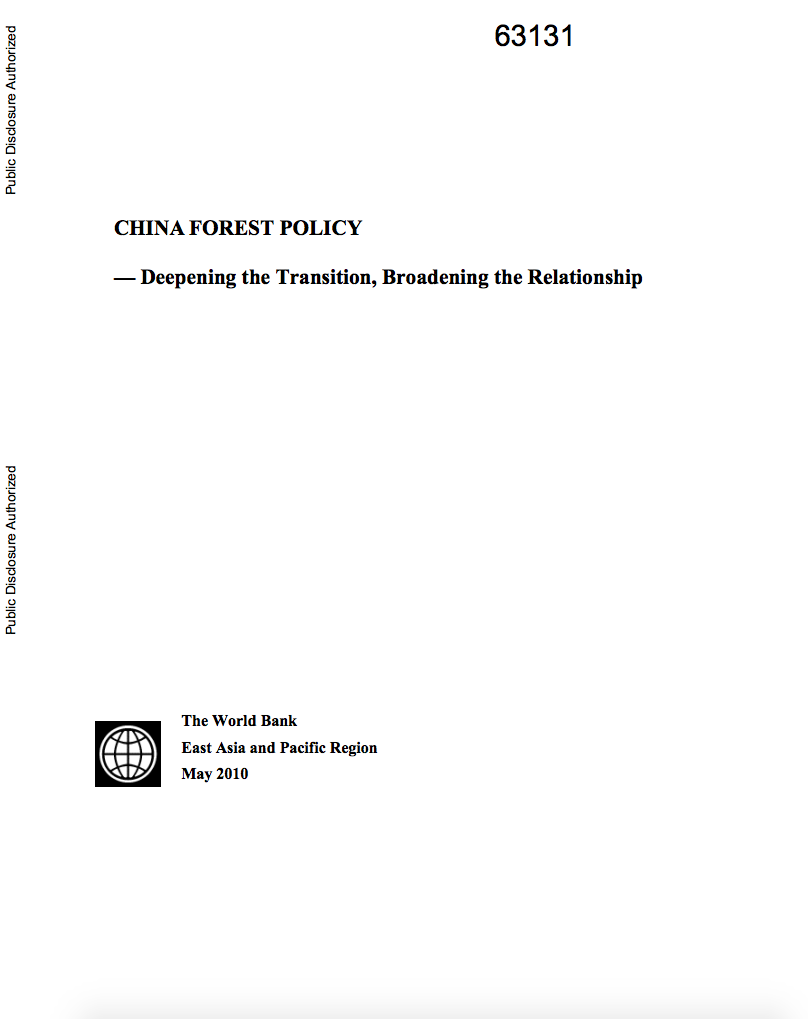Commercial Woodfuel Production : Experience from Three Locally Controlled Wood Production Models
Woodfuels (firewood and charcoal) are
the dominant energy source and the leading forest product
for most developing countries. Representing 60 to 80 percent
of total wood consumption in these nations, woodfuels often
account for 50 to 90 percent of all energy used. Although
woodfuels are widely perceived as cheap and primitive
sources of energy, commercial woodfuel markets are
frequently very large, involve significant levels of


